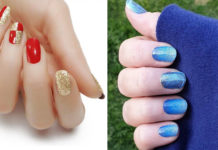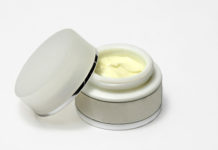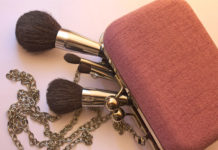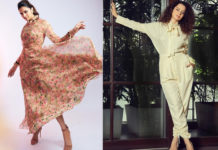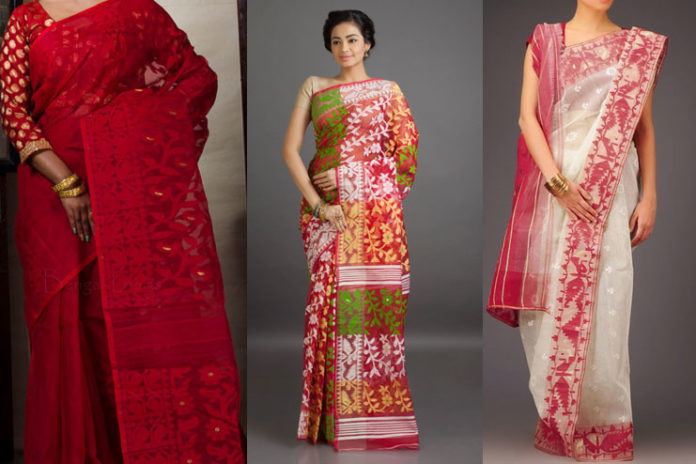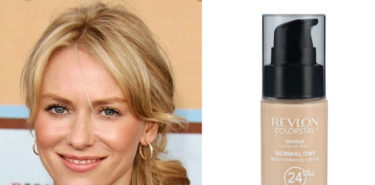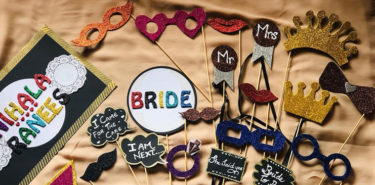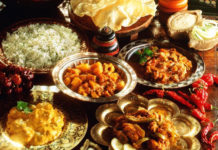Affiliate Disclaimer
Some links in this article are affiliate links. We may earn a small commission if you make a purchase through these links, at no extra cost to you. We only recommend products we find useful to our readersNow everybody may ask why does Bengali’s look good, especially on a saree? Well, the credit may not only go to their good looks but also the quality of the saree they wear. Jamdani saree or Dhakai-Jamdani Saree is one of the most famous brands of saree in the Indian state of West Bengal and in the country itself of Bangladesh.
Jamdani is a word of the Persian origin, and it is the combination of the words ‘Jam’ and ‘Dani’ which means flower and vase. This weave that is done by the loom on a brocade is a very time-consuming process and is also a blend of the figures as well as floral motifs. Jamdani also is known as the muslin cloth which has a weave of a typical gray as well as white and sometimes even mixed with cotton as well as gold thread.
Origin And History Of Jamdani Saree
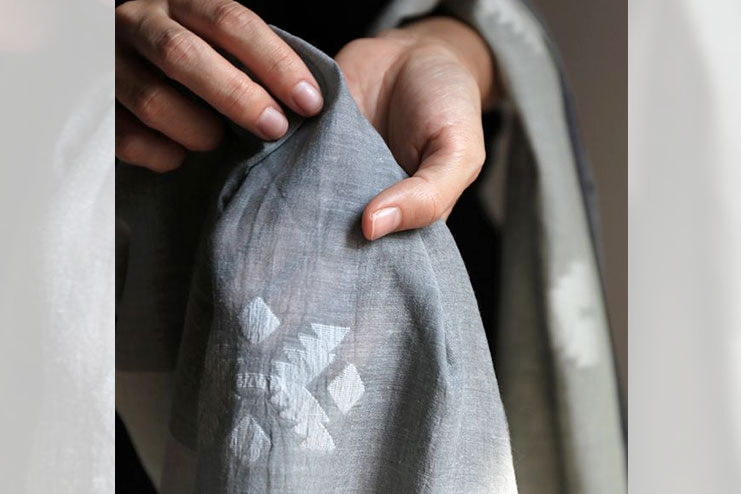
There are also many historical references from early as well as late 19th century by James Taylor and T.N Mukherjee, referring to the figured or flowered Jamdani or Jamdani muslin saree. Globally, it was also considered as one of the finest muslins known. As early as, 9th century an Arab geographer named Solaiman mentioned this fabric in his book known as ‘Sril Silat-ut-Tawarikh’ of being produced in the Rumy, modern day Bangladesh. The main golden age of Dhaka muslin started in the 17th century when there was the Mughal rule. Jamdani trading in the Europe, Iran, and Armenia thrived. The Mughals, as well as the Pathans, followed this suit, and it was considered as one of the favorite product of the royalty.
However, the mid of the 19th century it also saw a decline of the Jamdani which is mainly because the import was cheaper, but the inferior yarn from the Europe declined the Mughal empire. The weavers were being forced to sell their work at a lower price. Then East India Company started buying these textiles directly from the weavers to stop exploitation. At a very high point of this export of the Dhaka, muslin was worth of Rs. 3 million to England in 1787, the exports then steadily declined and stopped completely in 1817.
Sources Of Inspiration
After the Mughal patronage as well as the consequent decline, this exotic weave continued to be in demand because of the elegance as well as artistic finish. It is a breathtaking beauty of rare masterpieces; Jamdani holds its own ground among another type of exquisite garments. Jamdani fabrics are being cherished to be gifted. Once it is fine enough to pass through a ring, Jamdani’s effect is considered as one of the shimmering surfaces that is strewn with precious jewels!
The Making
Jamdani, just like any other traditional art is mostly done by the men.The communities of the artisans in Uttar Pradesh as well as West Bengal in India and at Rupgang, Shiddhirganj, Sonargaon in Bangladesh, excel in this type of artistic skills.
In contrast to using the karpash cotton, nowadays weavers mainly use the Cotton as well as Silk blends. They are versatile fabric and can be either woven in full Silk or even with a combination of real gold/silver / precious yarn made of metal. Jamdani is also known to be eco-friendly, as it is a spun through the hand as well as foot tools. Some of the designer Jamdani pieces can take up a long time to complete, even when engaged with two full-time weavers.
Jamdani sarees, because of their diaphanous nature, can drape beautifully and is also very supple to touch. Dhakai-Jamdanis portray a very multicolored linear or even floral motifs, but in it the mango motif mostly signifies the fertility, growth as well as marital bliss and is very popular. Tangail Jamdanis, are having single colored borders that give them a ‘meenakari’ effect. Shantipur Jamdani has delicate checks, stripes, and texture that is made of coloured threads or it is a mixture of fine as well as thick yarn. Most lately these tie, as well as dye designs, are done for pallu. The Dhakai-Khali Jamdani have a tighter weave with bold contrast borders and low in making prices.
Besides sarees, Jamdani are also being used in the scarves as well as handkerchiefs. The work in Jamdani is extensive, and it is a beautiful tapestry of the geometric patterns, plants as well as floral designs. It is a privilege of the royalty, it is believed to be the union of an age old cloth techniques of Bengal and muslins which were produced by the Muslims in the Bengal since the 14th century.
Weaving Technique Of Jamdani Saree
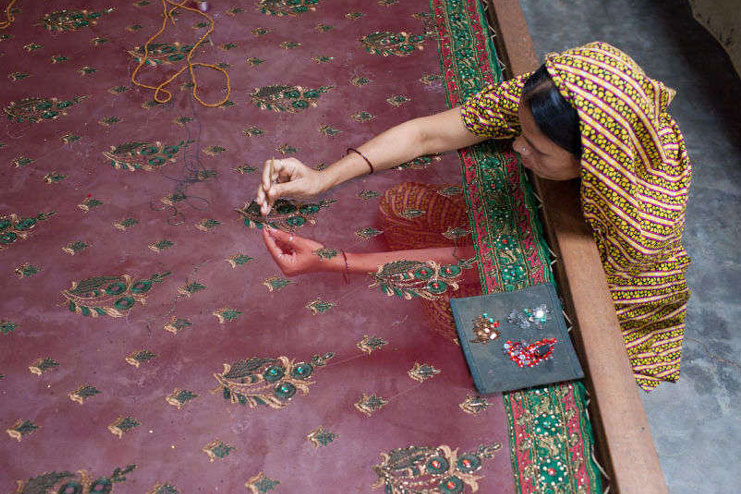
Types Of Jamdani Saree
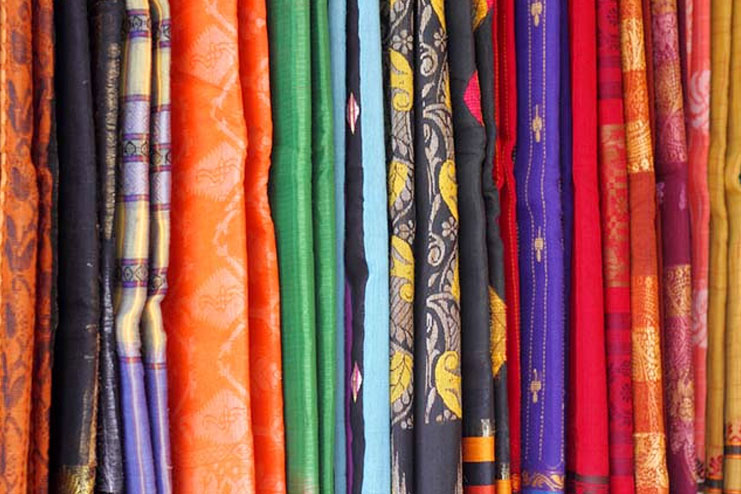
Some of the most popular motifs are panna hazar, thousand emeralds; kalka, paisley; butidar, small flowers; fulwar, flowers arranged in straight rows; tersa, diagonal patterns; jalar, motifs evenly covering entire saree; duria, polka spots; and charkona, rectangular motifs.
The regional variations in the Jamdani are:
1. Dhakai-Jamdani from Bangladesh – They are original as well as the finest jamdani sarees that have the most elaborate workmanship. One of this saree can take up to nine months to a year for weaving.
2. Tangail Jamdani from Bangladesh – They are woven in Tangail district, these Jamdani sarees have traditional broad borders that feature lotus, a lamp as well as fish scale motifs.
3. Shantipur Jamdani from India – They are woven in the Shantipur district of West Bengal. These Jamdani sarees are very similar to that of Tangail Jamdanis. They do have a wonderful texture and is often, have elegant stripes and motifs decorated.
4. Dhaniakhali Jamdani from India – With its main origin from Dhaniakhali, West Bengal; these Jamdani sarees have very tight weaving when compared to Tangail and Shantipur varieties. They are mostly marked by the bold colours and have dark, contrasting borders.
Maintenance
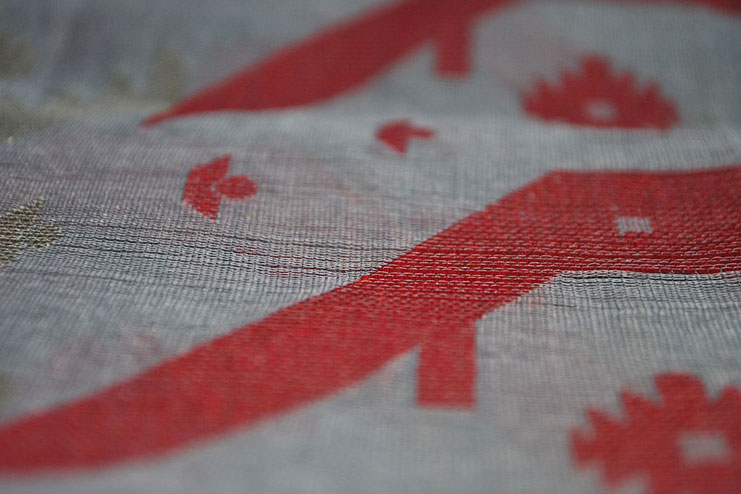
Interesting Facts And Comparisons
a. Jamdani is also being mentioned in the book of the Periplus of Eritrean Sea and have accounts on the Arab, Chinese, and Italian traders as well as travelers.
b. One of the most prized designs in Jamdani is ‘Panna Hazar’ which also mean a thousand emeralds.
c. The Kalka or paisley pattern can easily be traced back to the manuscripts of the Mughal period.




